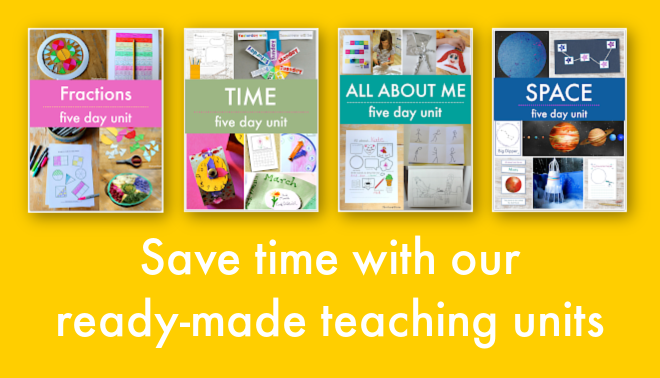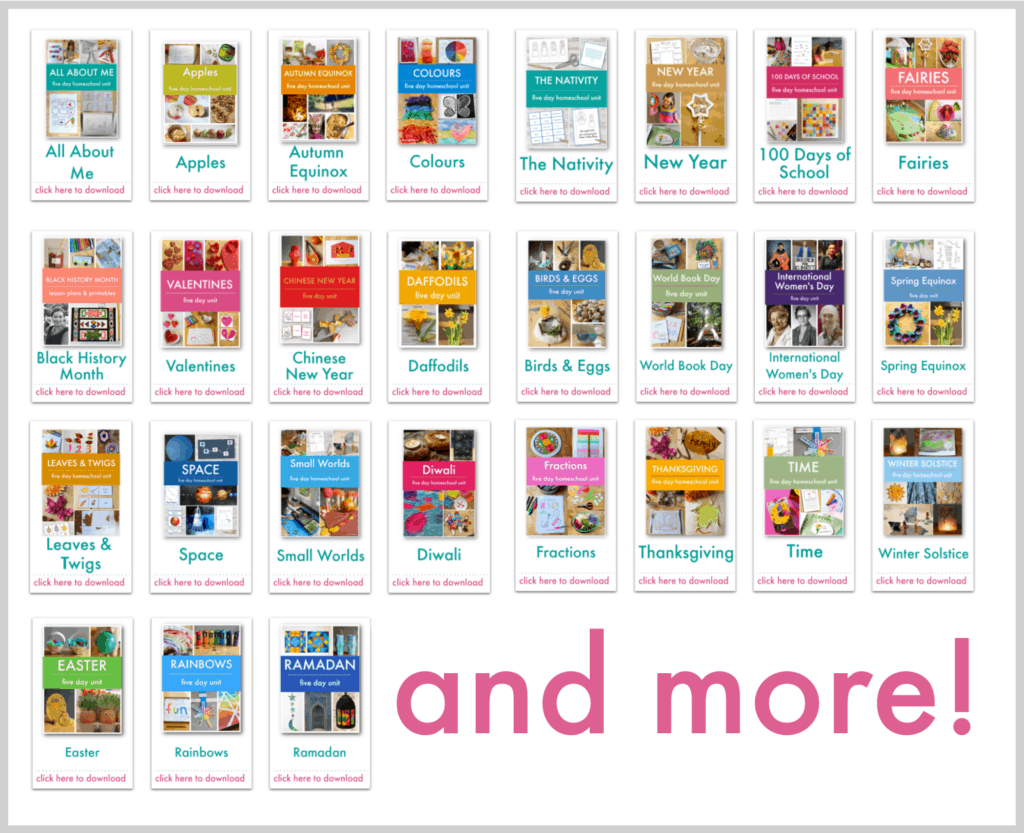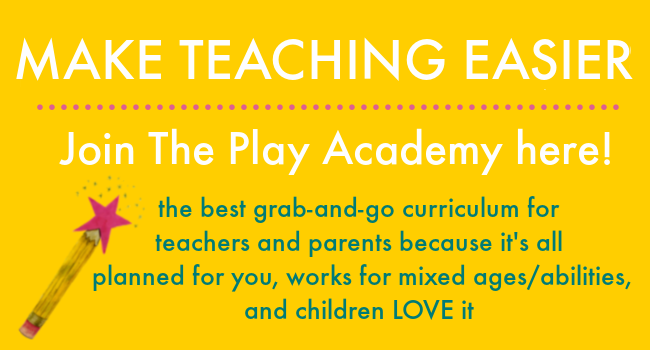Learn how to use a Know Wonder Learned KWL chart with your children to give structure to project based learning.
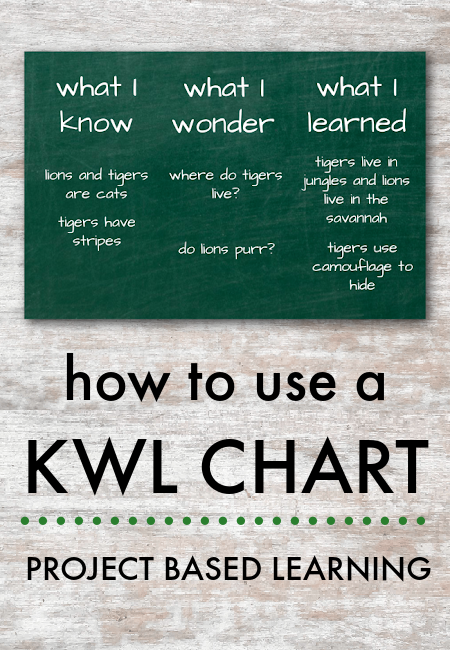
How to use a KWL chart with children
Let’s think about how a Know Wonder Learned KWL chart works and how you can use it in your school, homeschool and for project based learning, to encourage motivated learners and support self-directed learning.
In this article you can:
:: learn what a KWL chart is
:: learn how to use a KWL chart in your class and for project based learning
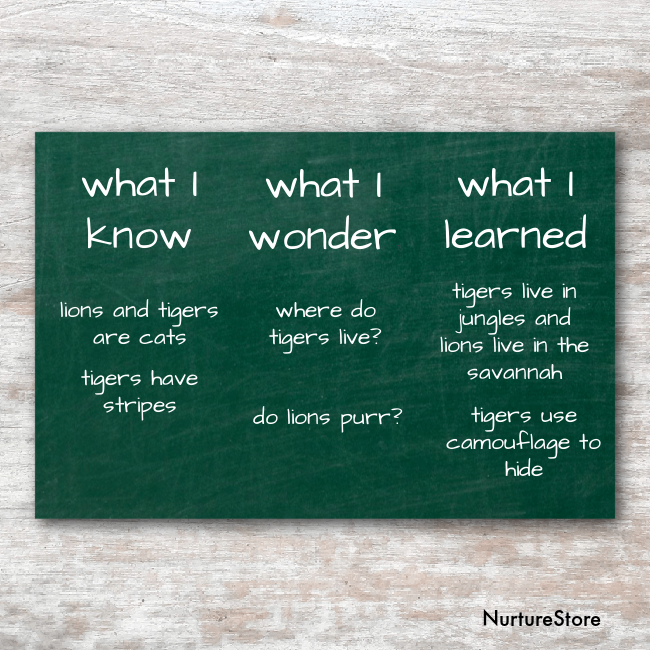
What is a KWL chart?
A KWL chart stands for Know Wonder Learned. It is a tool you can use with children to focus, structure, support and review their learning.
The KWL method can be used with any topic, project or thematic unit, with children of any age, and with individual students or with a whole class.
The KWL table was formalised by Donna Ogle in 1986 and consists of three columns: What I KNOW, what I want to LEARN, and what I have LEARNED.
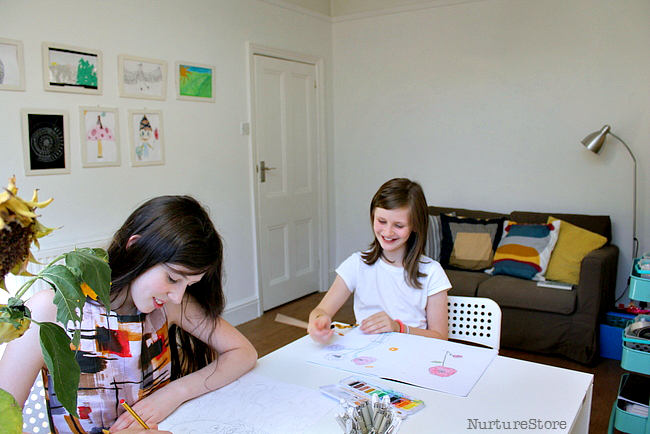
How to use a KWL chart with children
You can write the three questions on the chalk board, on the white board, on a poster or on a flipchart. You can ask the questions to a whole class or to small groups or to individuals.
Children can respond verbally, with you or a nominated student acting as a scribe to capture the responses. They may like to write their responses on sticky notes and then add these notes to the board.
The questions can also be printed on a handout, for individual children to complete.
The first two questions should always be asked when beginning a topic of study or piece of reading. The third question will be used later.
Question One: What do I KNOW? This is used to capture what students already know about the subject. They may have already studied the subject, be knew to it, or have everyday/ outside world knowledge. Asking the question at the beginning of your study/reading sets a base level, so progress can be seen. It can orientate students, introduce the topic and start them thinking. It can also boost confidence, as students realise they do already have skills and knowledge.
Question Two: What do I WONDER? This allows students to say what they want to find out. It’s a great way to get self-directed and project based learning started. It doesn’t necessarily mean you’ll find all the answers to your questions through your study, that you won’t have more questions as you go along, or that as you begin to work on your subject to you won’t satisfy your curiosity and decide you’ve learned enough on the subject for now, but helps to capture what it is your students (rather than a teacher) want to know and to decide the first areas you’re going to focus on.
Question Three: What have I LEARNED? This question is used to review your progress. You will want to ask this at the end of your project but also, for longer projects, at regular points during your study. Reflecting on this question, with reference to the earlier questions, will help direct your study on to the next area for research / practice.
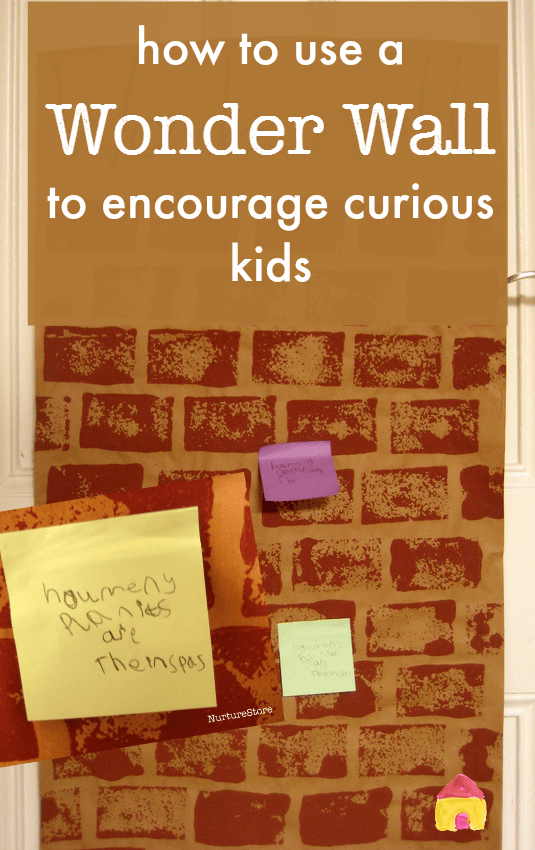
Keep track of questions with a Wonder Wall
See how you can use a Wonder Wall to keep track of all the questions your children have whilst still keeping lessons on track.
Ready-made thematic units full of wonder and learning
Our Play Academy’s 50+ thematic units help you teach better. You’ll have a full curriculum of teaching units, with plenty of choice and variety, all based on an educational philosophy of learning through hands-on play and arts. You’ll find topics to match what your children want to learn and to inspire them with fresh areas of study. Come and see more details, join us in the Play Academy, and choose your first unit here.



